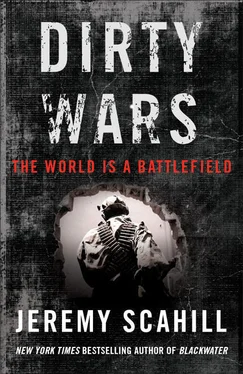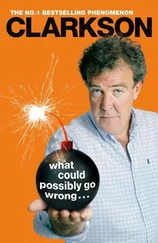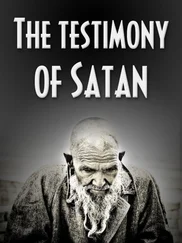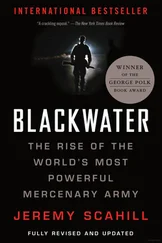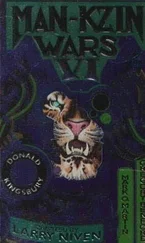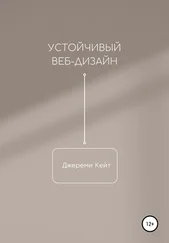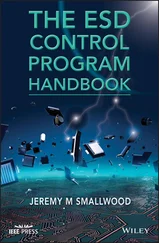While these debates played out inside the Agency, it was not until a week before 9/11 that the Bush administration convened a meeting of “principals” to discuss the al Qaeda threat. At the September 4 meeting, a draft of the National Security Presidential Directive was officially presented and was approved “with little discussion” for presentation to Bush to sign. National Security Adviser Condoleezza Rice reportedly told President Bush that she thought it would take about three years to implement the ambitious program. On September 10, Hadley continued to press Director Tenet and the CIA to prepare draft legal authorities “for the ‘broad covert action program’ envisioned by the draft presidential directive.” Hadley also instructed him to draw up findings “authorizing a broad range of other covert activities, including to capture or to use lethal force” against al Qaeda “command-and-control-elements.” According to the 9/11 Commission report, this section would overwrite Clinton-era documents and ought to be broad enough “to cover any additional [Osama bin Laden]-related covert actions contemplated.” Although the Bush administration was working to widen the scope of acceptable lethal force against bin Laden and his top deputies, the process was marked by the same concerns expressed during the Clinton era about granting sweeping lethal authority. The Bush White House was embarking on a path similar to the Clinton administration’s, trying to circumvent the assassination ban while still requiring careful review of each proposed lethal operation.
On September 11, all of that would change.
As the World Trade Center towers crumbled to the ground, so too did the system of oversight and review of lethal covert ops that had been carefully constructed over the course of the previous decade.
“ONLY A CRISIS—actual or perceived—produces real change.” So wrote the conservative icon Milton Friedman in his book Capitalism and Freedom. Friedman was a key adviser to successive Republican administrations and held tremendous influence over many officials in the Bush White House. He had mentored Rumsfeld early in his career, and Cheney and the leading neocons in the administration regularly sought his counsel. Friedman preached, “When that crisis occurs, the actions that are taken depend on the ideas that are lying around. That, I believe, is our basic function: to develop alternatives to existing policies, to keep them alive and available until the politically impossible becomes the politically inevitable.”
For the senior officials in Bush’s national security and defense teams who spent the eight Clinton years—and more—developing those alternatives, the 9/11 attacks, and almost unanimous support from the Democratic-controlled Congress, provided a tremendous opportunity to make their ideas inevitable. In an eerie prediction of things to come, the neocons of the Project for a New American Century had asserted a year to the month before 9/11 in their report, “Rebuilding America’s Defenses,” that “the process of transformation, even if it brings revolutionary change, is likely to be a long one, absent some catastrophic and catalyzing event—like a new Pearl Harbor.” Cheney and Rumsfeld may not have been able to see 9/11 coming, but they proved masters at exploiting the attacks. “The 9/11 attack was one of those events in history potent enough to stimulate fresh thought and disturb the complacent,” recalled Feith. “It created an opportunity to give many people—friends and enemies, in the United States and abroad—a new perspective. Rumsfeld, Wolfowitz, and I shared the view that the president had a duty to use his bully pulpit.”
Under the Constitution, it is the Congress, not the president, that has the right to declare war. But seventy-two hours after 9/11, Congress took a radical step in a different direction. On September 14, 2001, the House and Senate gave President Bush unprecedented latitude to wage a global war, passing the Authorization for Use of Military Force (AUMF). It stated that “the President is authorized to use all necessary and appropriate force against those nations, organizations, or persons he determines planned, authorized, committed, or aided the terrorist attacks that occurred on September 11, 2001, or harbored such organizations or persons, in order to prevent any future acts of international terrorism against the United States by such nations, organizations or persons.” The use of the term “persons” in the authorization was taken by the administration as a green light for assassinations. It passed the House with only one opposing vote and the Senate with no dissent. The lone “Nay” vote against the AUMF came from liberal California Democrat Barbara Lee. “However difficult this vote may be, some of us must urge the use of restraint,” Lee declared, voice trembling, as she spoke on the floor of the House that day. “There must be some of us who say, let’s step back for a moment and think through the implications of our actions today—let us more fully understand their consequences,” she added in her submitted remarks. “We must be careful not to embark on an open-ended war with neither an exit strategy nor a focused target.” Lee’s two-minute speech was the extent of any congressional push-back to the sweeping war powers and authority the White House was requesting.
Empowered by an overwhelming, bipartisan endorsement of a global, borderless war against a stateless enemy, the Bush administration declared the world a battlefield. We “have to work, though, sort of the dark side, if you will,” Dick Cheney proclaimed on NBC’s Meet the Press on September 16, 2001, hinting at what was to come. “We’ve got to spend time in the shadows in the intelligence world. A lot of what needs to be done here will have to be done quietly, without any discussion, using sources and methods that are available to our intelligence agencies, if we’re going to be successful.” The president publicly signed the AUMF into law on September 18, 2001, but it was the order he signed a day earlier in secret that was even more momentous. The secret presidential directive, which remains classified, granted the CIA authority to capture and hold suspected militants across the globe, which would lead to the creation of a network of what administration officials internally referred to as “black sites” that could be used to imprison and interrogate prisoners. The directive also wiped out the roadblocks of oversight and interagency review from the process of authorizing targeted killings. Perhaps most significantly, it ended the practice of the president signing off on each lethal, covert operation. The administration’s lawyers concluded that the ban on assassinations did not apply to people it classified as “terrorists,” and it gave great latitude to the CIA for authorizing kill operations on the go. In the beginning, President Bush wanted the CIA to take the lead. He had just the man for the job.
COFER BLACK spent much of his career in the shadows in Africa. He cut his CIA teeth in Zambia during the Rhodesian War and then in Somalia and South Africa during the apartheid regime’s brutal war against the black majority. During his time in Zaire, Black worked on the Reagan administration’s covert weapons program to arm anti-Communist forces in Angola. In the early 1990s, long before most in the counterterrorism community, Black became obsessed with bin Laden and declared him a major threat who needed to be neutralized. From 1993 to 1995, Black worked, under diplomatic cover, at the US Embassy in Khartoum, Sudan, where he served as CIA station chief. Bin Laden was also in Sudan, building up his international network into what the CIA would describe at the end of Black’s tour as “the Ford Foundation of Sunni Islamic terrorism.” Black’s agents, who were tracking bin Laden, worked under a Clinton-era “operating directive” that restricted them to intelligence collection on bin Laden and his network. Black wanted the authority to kill the Saudi billionaire, but the Clinton White House had not yet signed the lethal findings it eventually did after the 1998 African embassy bombings. “Unfortunately, at that time permissions to kill—officially called Lethal Findings—were taboo in the outfit,” said CIA operative Billy Waugh, who worked closely with Black in Sudan. “In the early 1990s we were forced to adhere to the sanctimonious legal counsel and the do-gooders.” Among Waugh’s rejected ideas was allegedly a plot to kill bin Laden in Khartoum and dump his body at the Iranian Embassy in an effort to pin the blame on Tehran, an idea Waugh said Cofer Black “loved.”
Читать дальше
